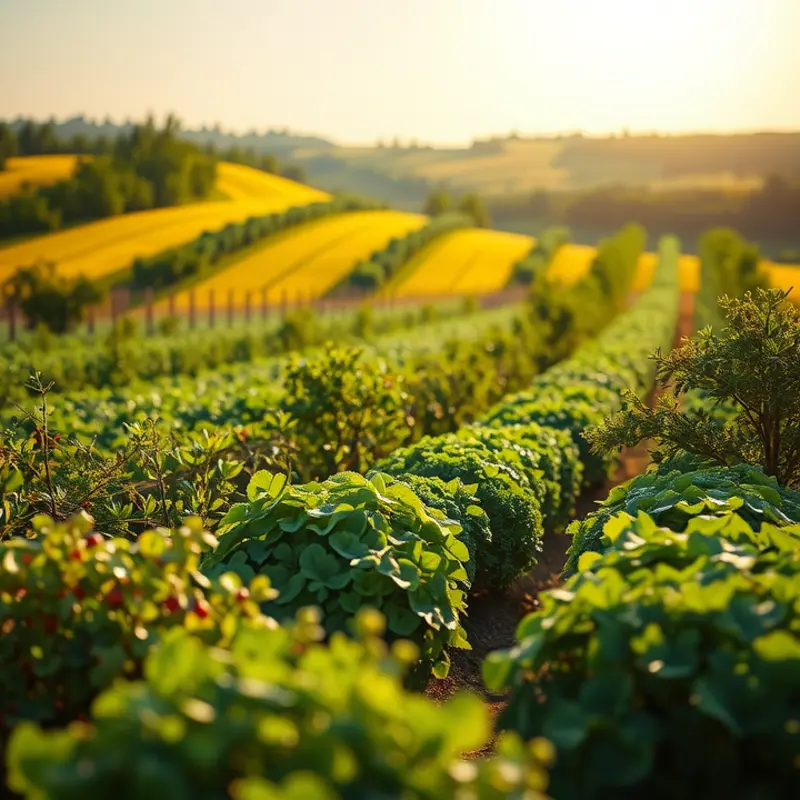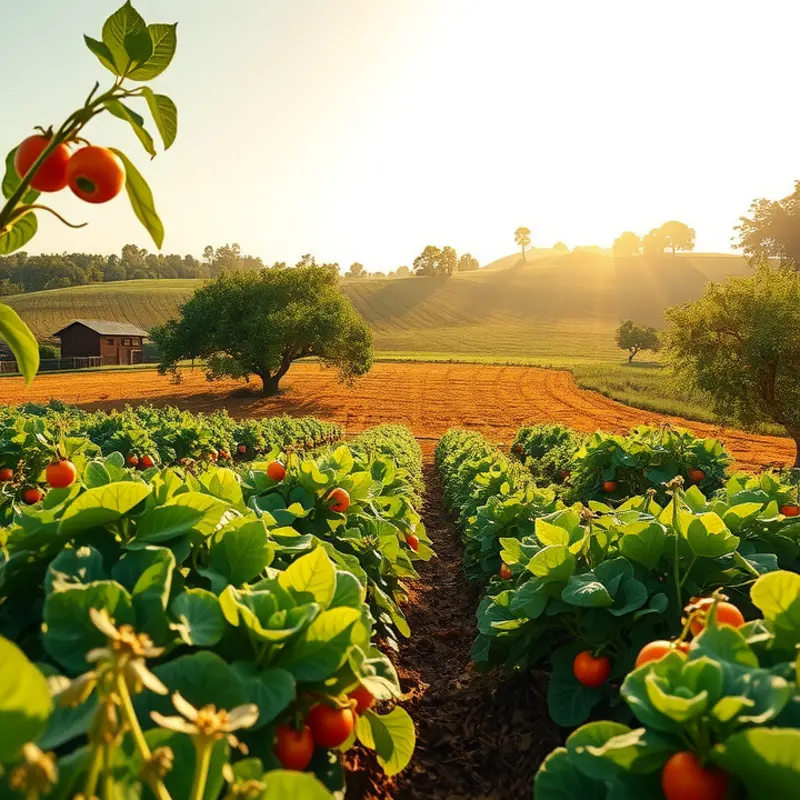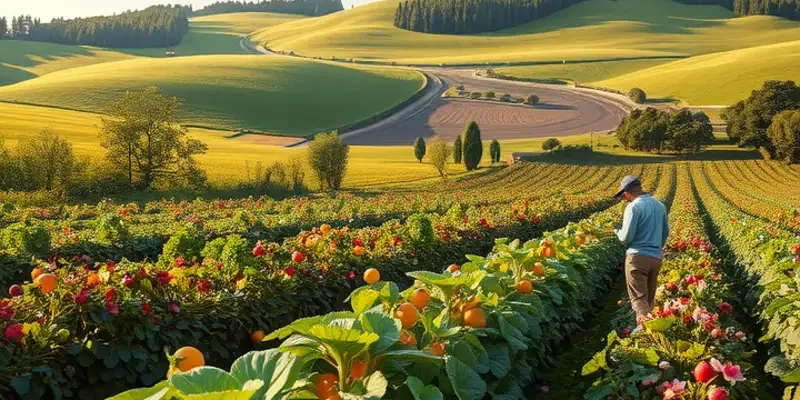The art of cooking transcends mere sustenance; it is a profound exploration of culture, history, and human creativity. As we delve into the diverse cooking methods that have evolved over time, we uncover the stories and traditions that shape cuisines across the globe. From ancient fields to modern kitchens, every technique reveals something unique about the societies that practice them, showcasing a tapestry of flavors, ingredients, and culinary artistry.
Ancient Techniques: The Birth of Cooking

The origins of cooking trace back to a time when harnessing fire was as revolutionary as the discovery of electricity would be thousands of years later. Early humans, initially hairy nomads, discovered fire’s warmth and protection before understanding its ability to transform the raw into the cooked, the unsafe into the safe. Roasting food over open flames marked the dawn of culinary exploration. This rudimentary technique involved skewering meat on sticks and exposing it to the heat, a practice which, despite its simplicity, laid the foundation for more complex methods.
As human settlements took root, so did the evolution of cooking techniques. Pottery, first invented for storage, soon adapted to cooking, surprisingly shaping cuisine in profound ways. The introduction of pottery allowed for boiling, a technique born from the innovation of earthen pots. This method was revolutionary—water not only retained nutrients but also blended flavors, encouraging a more varied diet.
Steaming, another ancient practice, was predominantly used in regions with abundant water resources. In places like China, the development of bamboo steamers made it possible to cook foods while preserving their natural flavors and nutrients. This method reflected a sophisticated understanding of heat and moisture. Baking, meanwhile, found its origins in the fertile crescent. Here, the invention of ovens allowed communities to transition from roasting to baking grains, giving rise to bread—a staple that would permeate societies across the globe.
Geography and climate play essential roles in shaping these cooking methodologies. In colder climates, techniques like roasting and later, smoking, became dominant. Smokehouses evolved from simple drying racks where meat hung above smoldering fires. In tropical climates, leafy wraps were used to steam food, protecting it from exposure to direct heat. These methods highlight a deep interaction between environment and cuisine.
Herbs and spices were not merely culinary enhancers; they were cultural treasures with significant ritualistic and medicinal applications. Early humans discovered that certain plants could preserve meat or mask spoilage, introducing the earliest forms of seasoning. In regions like India and the Middle East, a profusion of spices became integral, giving rise to vibrant dishes and influencing trade routes.
Understanding the historical context of these methods provides insight into the diverse culinary landscapes of today. These ancient practices have survived millennia and continue to shape contemporary kitchens. To explore how these techniques influence modern cooking, you can learn about beginner-friendly kitchen tools that make it easier to adapt old methods for today’s culinary adventures.
Culinary Innovations: From the Hearth to the Table

The history of cooking is steeped in innovation and adaptation. As societies evolved, so did their culinary methods, giving birth to techniques such as braising, sautéing, and poaching. These refined cooking methods transformed raw ingredients into flavorful masterpieces, enhancing both taste and texture. Braising, for instance, marries wet and dry heat to tenderize tough cuts of meat. It draws on the ancient practice of slow cooking over an open fire, yet it’s strikingly sophisticated in its use.
The evolution of culinary tools played a pivotal role in these advancements. In early civilizations, the mortar and pestle were paramount for grinding grains and spices, setting the stage for vibrant culinary traditions. Knives, gradually evolving from rudimentary stone to finely crafted metal blades, revolutionized food preparation by allowing for precise, artful cuts. The advent of the oven radically changed baking and roasting, enabling home cooks to achieve evenly cooked meals with consistent techniques.
Trade routes famously catalyzed culinary creativity by introducing exotic spices and ingredients across continents. The Silk Road, for instance, was more than a trading path; it was a conduit for culinary exchange. This forged a newfound culinary diversity, as spices from distant lands infused local dishes with new aromas and flavors. Curries, once native to India, became global, inspiring dishes that are beloved the world over.
As globalization unfurled, so did culinary fusion. This evolution is evidenced in dishes like sushi burritos and kimchi tacos, where techniques and ingredients from varied cultures collide to create exciting culinary experiences. The exchange of food culture not only broadened palates but also enriched cultural identities globally.
Modern advancements brought kitchens around the world into the technological era, further pushing the boundaries of culinary endeavors. Stovetops and microwaves streamlined cooking processes, catering to the evolving needs of society. Technology has also enabled precision in cooking through tools like sous vide machines and induction cooktops, which have transformed kitchens into high-efficiency art studios.
Considering this vast culinary landscape, it’s intriguing how globalization and technology have impacted dietary trends and practices. For those keen to understand how these factors intersect with nutrition, exploring topics such as global cuisine can offer a deeper insight into cultural influences on eating habits. As we continue to innovate and integrate, our global culinary journey becomes richer, more diverse, and infinitely fascinating.
Final words
The history of cooking methods is a fascinating chronicle that not only feeds our bodies but also nourishes our souls through tradition and culture. From the smoky embers of ancient fires to modern kitchen marvels, each technique tells a story that reflects the ingenuity and resilience of humanity. The beauty of culinary exploration lies in the diversity it offers, showcasing how different cultures embrace flavors, ingredients, and methods. As we appreciate the rich tapestry of global culinary traditions, we learn that cooking is an eternal journey, inviting us to experiment, taste, and connect with the world.








